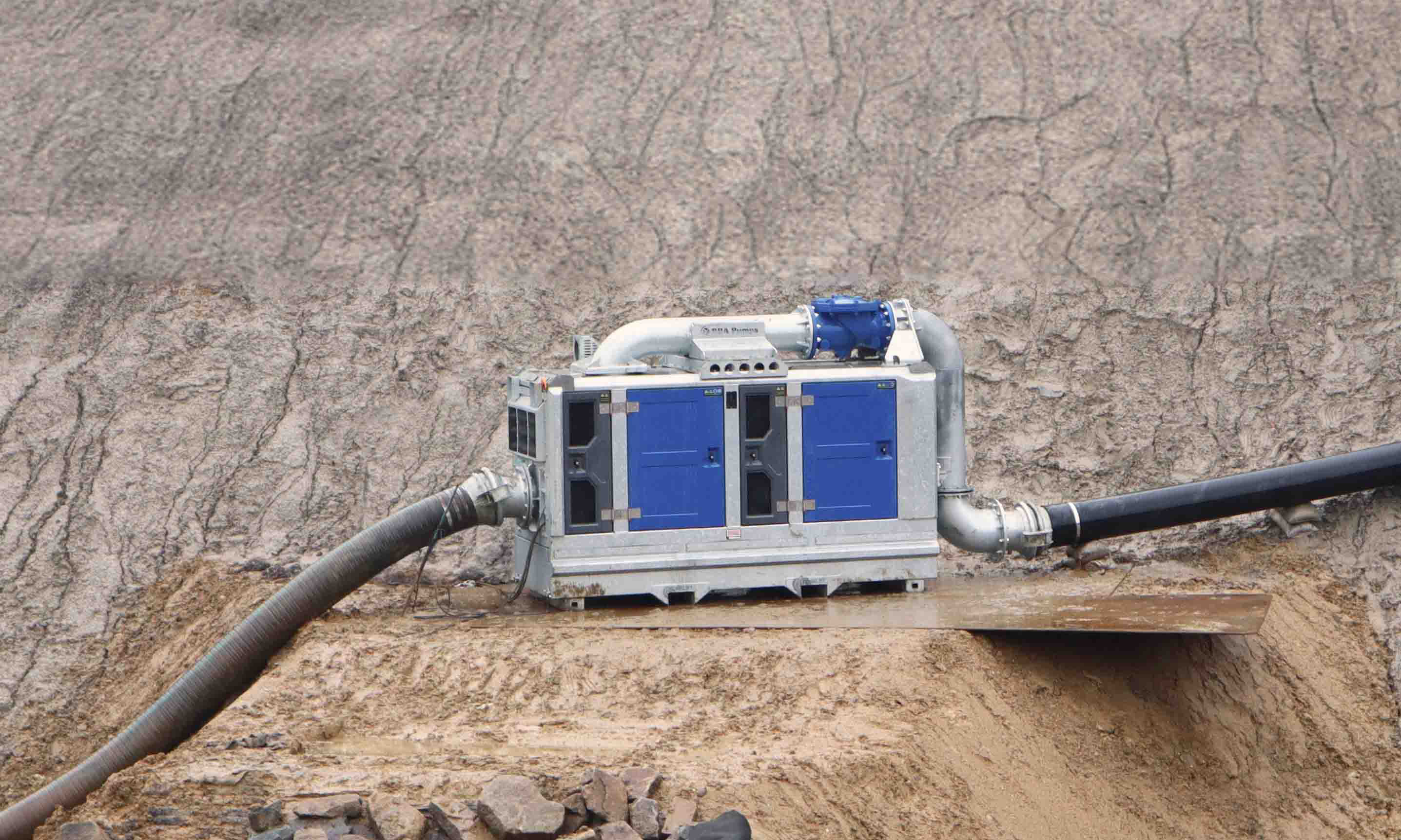Headlines
The differences between pipes and hoses in mobile pumping systems
Monday, May 6, 2024
In portable pump units up to 12 inches, you often see a combination of both hoses and pipes, both are needed for professional temporary pumping. Pipes are usually made of HDPE or, for large volume pumps made of steel.
Broadly speaking, we see the following differences between pipes and hoses:
Pipes are commonly made of HDPE (High Density Polyethylene). The pipes are less flexible but perfectly applicable for water displacement over longer distances and flat areas.
HDPE piping is significantly lighter in weight than pump hoses. Installing a temporary pump installation is mainly manual labor. Therefore, lightweight and ease of use are the main reasons why a system is made of HDPE pipes.

Written by Femke Teunissen
Broadly speaking, we see the following differences between pipes and hoses:
- Material selection;
- Flexibility;
- Application;
- Weight;
- Lifetime;
- Price.
Choice of material and flexibility
Hoses are mostly made of rubber, which makes them flexible and bendable. These are fitted with a steel spiral as an insert, which allows them to be used for vacuum on the suction side of the pump as well.Pipes are commonly made of HDPE (High Density Polyethylene). The pipes are less flexible but perfectly applicable for water displacement over longer distances and flat areas.
Good reasons to use HDPE pipes:
- Lightweight HDPE pipes offers easy handling on site;
- Minimal pipe friction loss resulting in energy savings for the pump;
- Long product life through use of the highest quality HDPE pipes.
Application and weight.
Hoses are used for the flexible connection between the mobile pump and the HDPE discharge piping system. On the suction side of the pump, you always use one or more hoses because of the vacuum. It is not recommendable to use lightweight HDPE pipes on the suction side of the pump due to vacuum.HDPE piping is significantly lighter in weight than pump hoses. Installing a temporary pump installation is mainly manual labor. Therefore, lightweight and ease of use are the main reasons why a system is made of HDPE pipes.

Price and lifespan
Flexible hoses are more of a consumable, and HDPE pipes often last for decades. The purchase price of hoses is significantly higher than the purchase price of HDPE piping. For ROI a simple calculation...Written by Femke Teunissen
